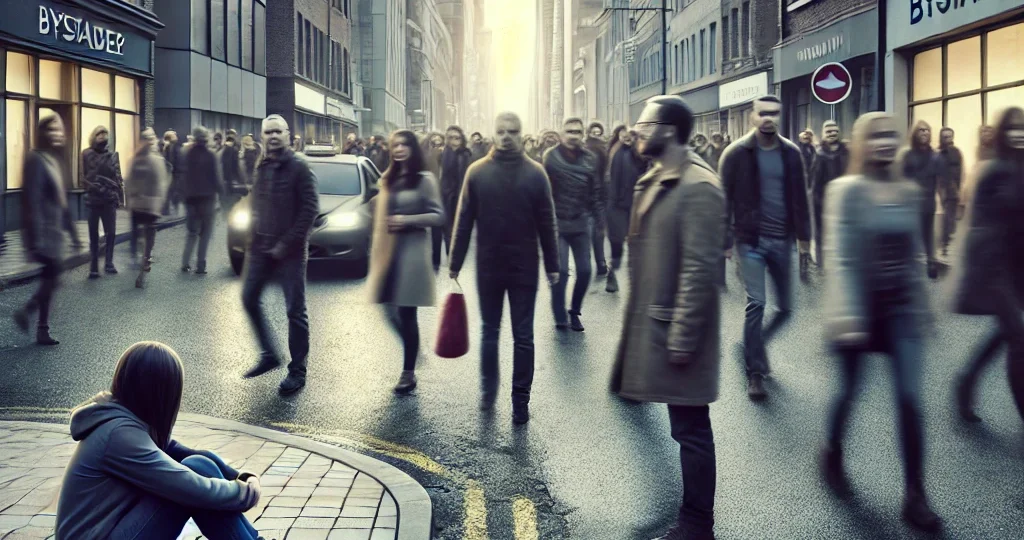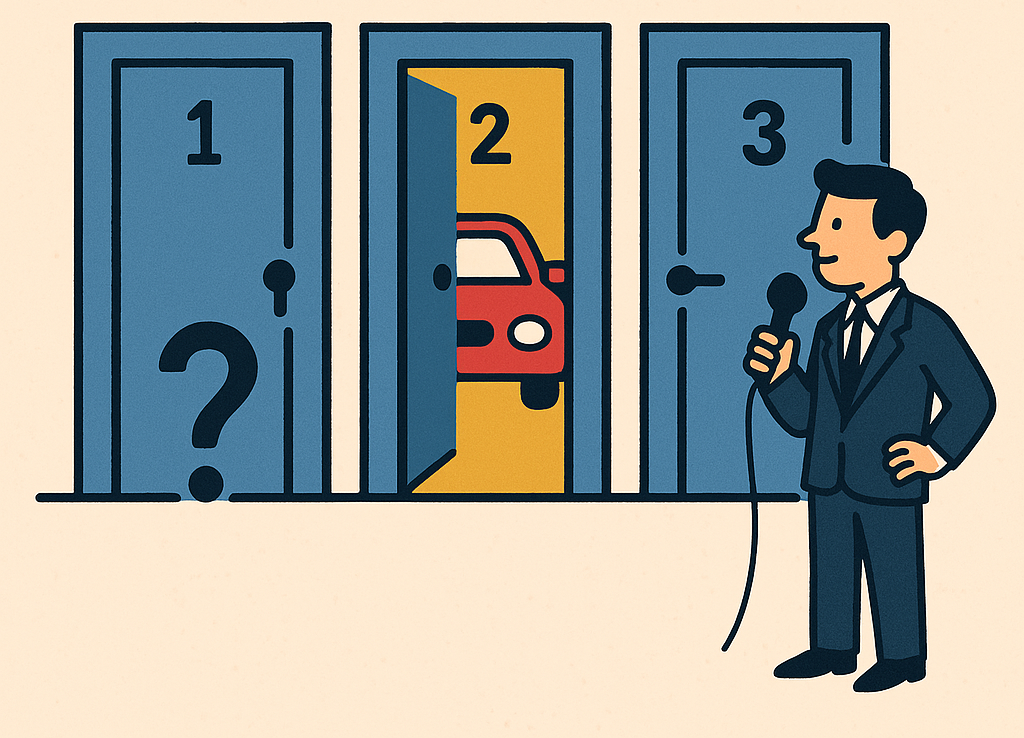
Imagine you are walking on the road when suddenly, you hear a screech and see two cars crash into each other. One of them is severely injured, and none of them are conscious. By this time, along with you, a crowd surrounds them. My question is, would you, in that instant, think actively and call emergency services or help a person up? Psychologists John Darley and Bibb Latané say the majority will not do anything and will simply stare at the scene. Note, it is not all but the majority; individual upbringings may change that. It is quite interesting and frankly horrific why these two scientists investigated this. In 1964, a woman named Kitty Genovese was killed and there were approximately 38 witnesses that failed to intervene. Naturally curious about this behavior, these two scientists sought out to find why and discovered the Bystander Effect or Genovese Syndrome. This happens because of two reasons. Number one is Diffusion of Responsibility, where we, as the name suggests, literally mentally pass on the responsibilities of taking action to other people in the crowd. The other reason is Social Influence. As humans, we look for cues and hints on how we should act in a situation in the environment. If no one seems to act, we may interpret that help is unnecessary. This is also why when one person acts, we all scramble to help. This is why I’m writing this today. By knowing this piece of information, you could be that one person, because the best way to get rid of the Bystander Effect is to know it exists and start thinking proactively. It could potentially save a life.
RELATED POSTS
View all


